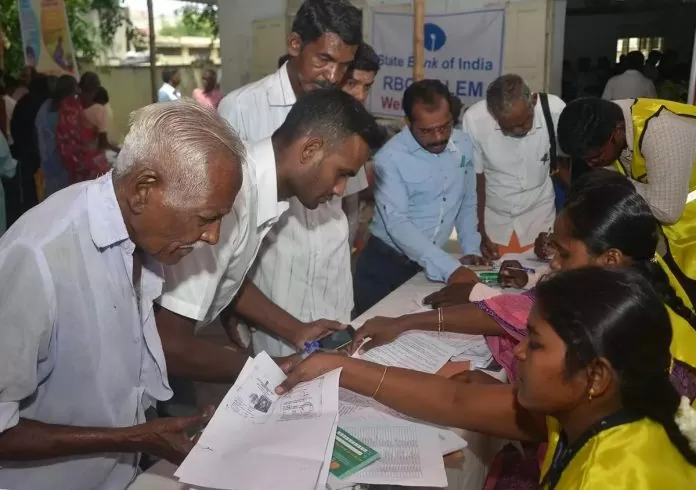
The National Pension System (NPS), launched on 1 January 2004, has emerged as a game-changer for India’s retirement planning sector. Its main objective is to motivate individuals to make regular contributions to their pension fund during their tenure, thereby ensuring a secure financial plan after retirement.
Run jointly by the government and the Pension Fund Regulatory and Development Authority (PFRDA), the scheme does not promise a pre-determined pension amount but offers the possibility of favorable investment returns. NPS assets have achieved a compound annual growth rate (CAGR) of 37%, reaching Rs 2.76 lakh crore, mainly due to the 58 lakh non-government subscribers who have contributed to this growth. Let us know what changes have happened in NPS in recent times.
1.Tax deduction limit
In the Union Budget 2024, Finance Minister Nirmala Sitharaman announced significant changes in the tax deduction limit for employer contributions. This adjustment increased the employer contribution benchmark from 10% to 14% of an employee’s salary. As a result, employees will now be able to avail an additional deduction equal to 4% of their basic salary in respect of employer contribution to NPS. For example, an employee drawing a basic monthly salary of ₹1 lakh can now avail an additional deduction of ₹4,000 every month.
2. NPS Withdrawal
The rules for final withdrawal from the National Pension System (NPS) have been revised in 2024. Now subscribers are allowed to withdraw up to 60% of their total amount in a tax-free lump sum. The remaining 40% should be used to purchase an annuity plan, which is not taxable on withdrawal, but will be taxed during the annuity payment stage.
If the total corpus at retirement is more than Rs 5 lakh, 40% of the NPS corpus should be used to purchase annuity plans, with no tax implications on this portion. However, the annuity payments will be subject to taxation depending on the income tax bracket of the individual.
3. NPS Investment Allocation
The investment allocation guidelines within the NPS have been revised. The rule now stipulates that individuals can maintain a maximum of 75% equity exposure till the age of 60 years. This allows customers to take advantage of investment growth opportunities during their employment years.
4. Equity allocation in Tier-2 NPS accounts
The government has increased the equity allocation limit for Tier-2 NPS account holders from 75% to 100% tax-free. This adjustment enables investors to increase their exposure to equities within their Tier-2 NPS account, potentially increasing growth potential.
5. Direct Money Remittance (D-Remit) Service
With the introduction of Direct Remittance (De-Remit) facility, NPS subscribers can now avail same day NVA for their investments. By signing up for a virtual account number linked to their bank account, investors can avail instant NVA on their contributions through the de-remit process. This feature provides important benefits for NPS investors.
6. Systematic lump sum withdrawal
From February 2024, NPS subscribers had the option to make partial withdrawals for various purposes, such as funding their children’s higher education, buying or constructing a residential property, and covering medical expenses. Subscribers can opt for Systematic Lump Sum Withdrawal (SLW) to withdraw up to 60% of their NPS fund periodically between the age of 60 to 75 years. The remaining amount can be used for annuity planning.
 look news india
look news india